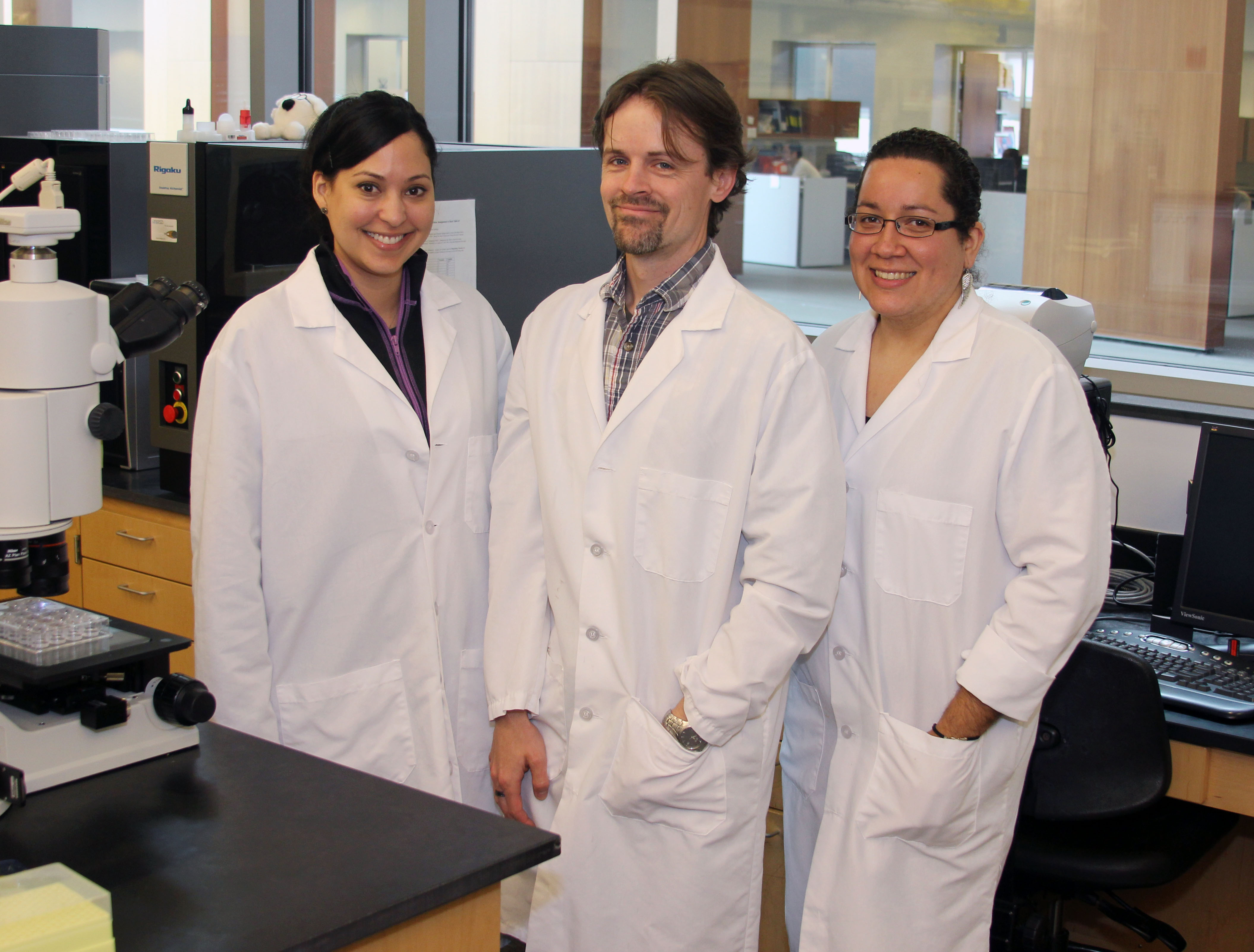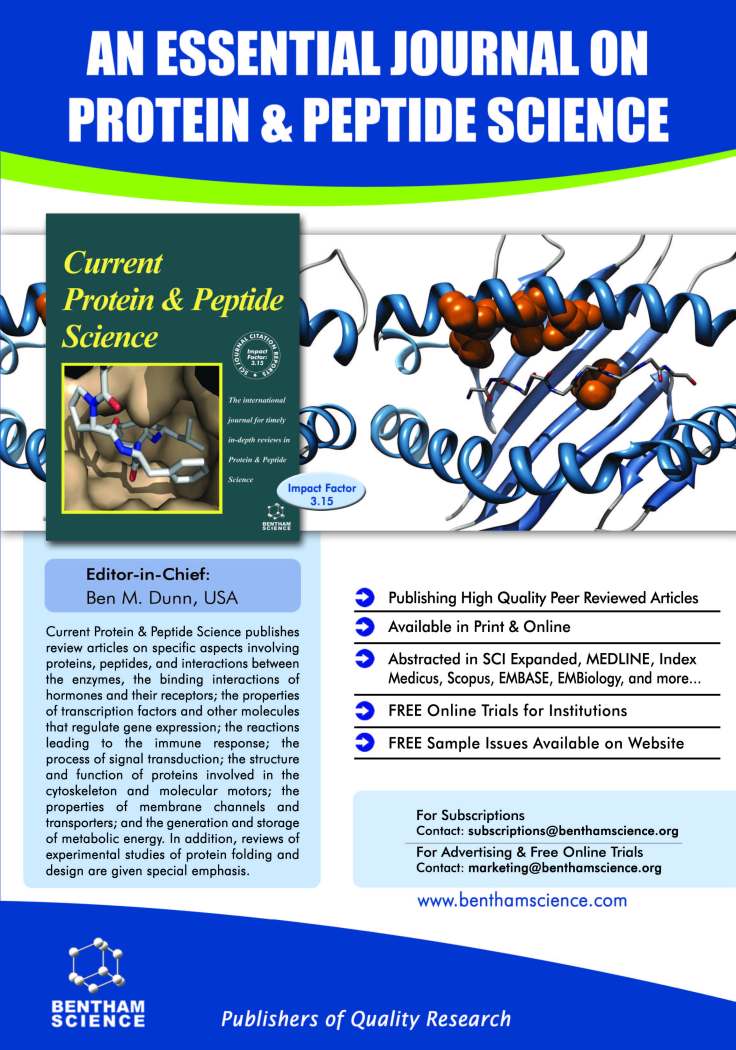Amino Acid Network for
the Discrimination of Native Protein Structures from Decoys
Jianhong Zhou, Wenying Yan, Guang Hu and
Bairong ShenPages 522-528 (7)
Abstract:
With the development of structural genomics projects, the discrimination of native proteins from decoys has become one of the major challenges in protein structure prediction. In comparison with the energy function based techniques, amino acid network provides a simple but efficient method for the native structure selection. Amino acid network (AAN) is a graph representation of protein structure where amino acids in the protein are the nodes and their interactions or contacts are the edges. In this review, we first briefly summarized the methods for the construction and characterization of AANs. Then the four network properties, i.e. average degree, complexity, clustering coefficient of the largest cluster (CCoe) and the size of the top large communities (CComS), applied to the native structure selection are discussed and summarized. We concluded with the discussion of the future perspective on the application of AAN for the native folding detecting among the decoy sets.
Keywords:
Amino acid network, network characterization,
protein decoy discrimination.
Affiliation:
Center for Systems Biology, Soochow
University, Suzhou, Jiangsu, China.
For More Information Please Visit Our Website Current Protein Peptide Science













